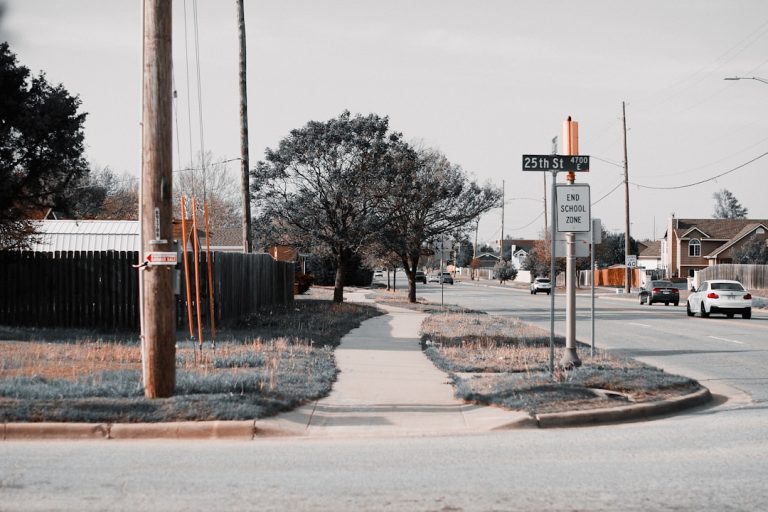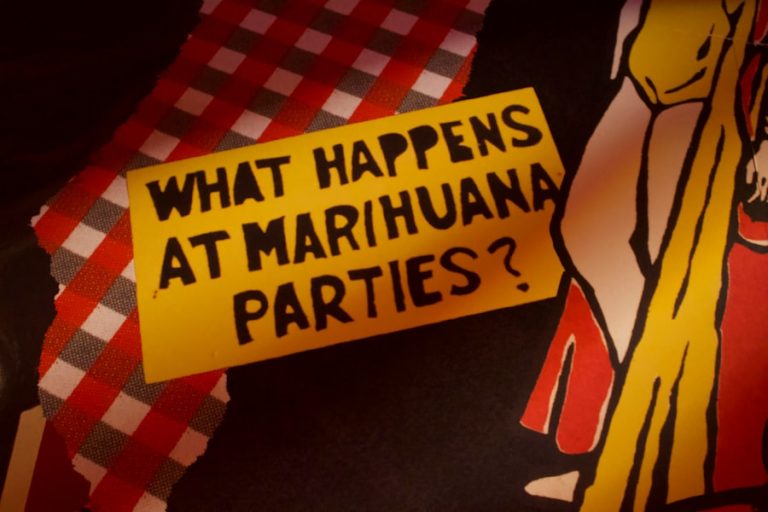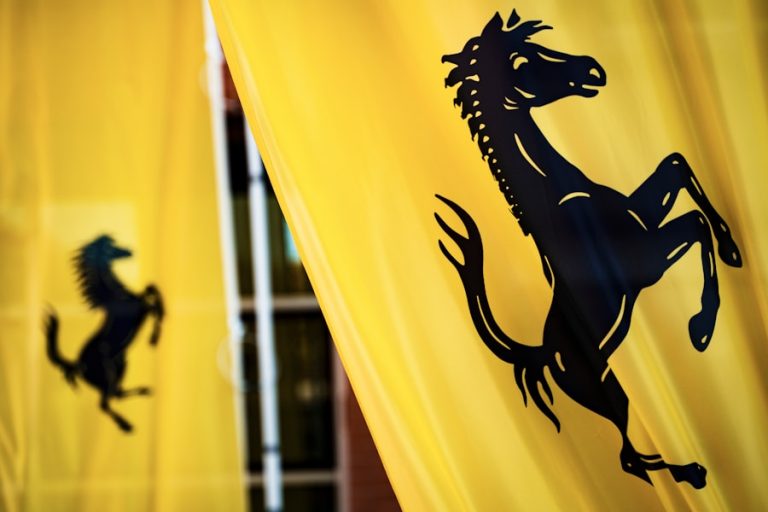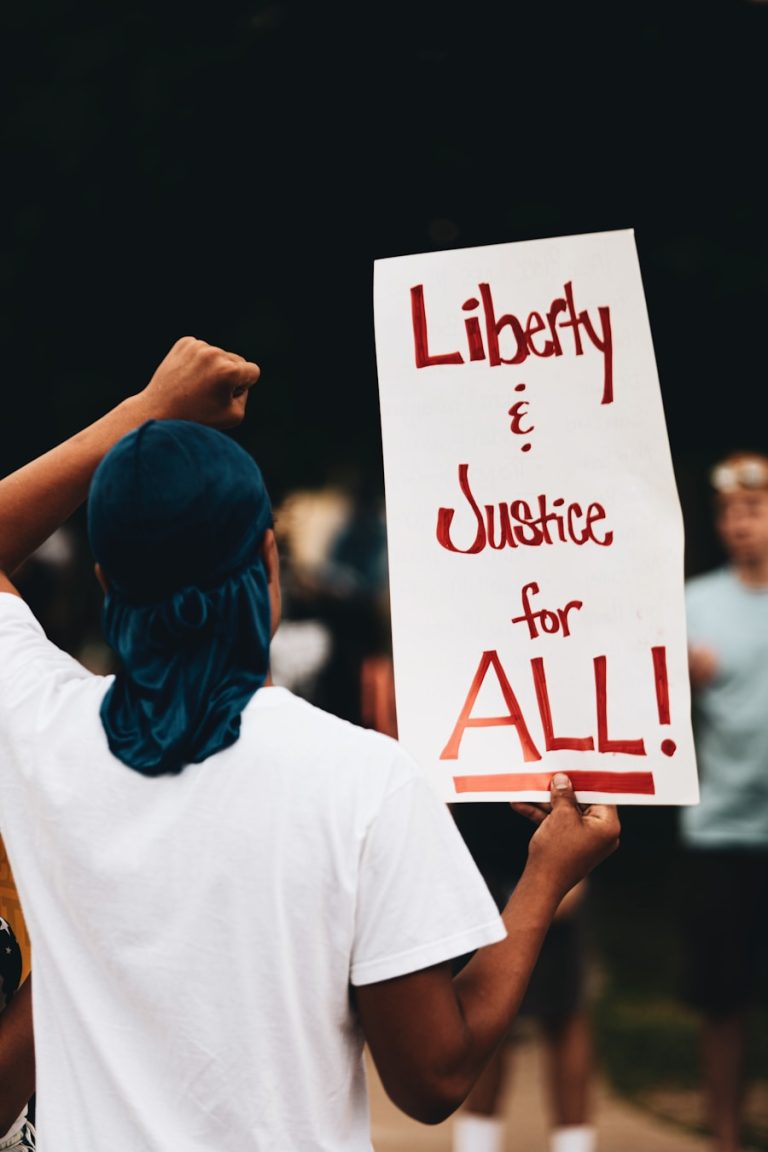
The 21st Amendment to the United States Constitution, ratified on December 5, 1933, stands as a pivotal moment in American history, marking the end of a tumultuous era defined by the prohibition of alcohol. This amendment is unique not only for its content but also for its historical significance, as it is the only amendment that has been enacted specifically to repeal another amendment—the 18th Amendment, which instituted nationwide prohibition. The 21st Amendment effectively restored the legal status of alcohol, allowing for its manufacture, sale, and transportation, thus reflecting a significant shift in public sentiment and governmental policy regarding alcohol consumption.
The passage of the 21st Amendment was not merely a legal adjustment; it was a response to the widespread social and economic challenges that arose during the Prohibition era. The initial intent of the 18th Amendment was to curb alcohol consumption and its associated societal issues, such as crime and health problems. However, the unintended consequences of Prohibition led to an increase in organized crime, illegal speakeasies, and a general disregard for the law.
The 21st Amendment emerged from this context as a necessary corrective measure, illustrating how public policy can evolve in response to changing societal values and realities.
Key Takeaways
- The 21st Amendment repealed the 18th Amendment, which had prohibited the manufacture, sale, and transportation of alcohol in the United States.
- The 21st Amendment was a response to the widespread public dissatisfaction with Prohibition and its negative social and economic effects.
- The 21st Amendment restored the power to regulate alcohol to the states, leading to a patchwork of alcohol laws across the country.
- The 21st Amendment continues to be relevant today, as states grapple with issues such as online alcohol sales and the legalization of marijuana.
- The 21st Amendment represents a significant shift in the balance of power between the federal government and the states, with implications for other areas of regulation and governance.
Prohibition and the 18th Amendment
The 18th Amendment, ratified in 1919, ushered in an era of Prohibition that aimed to eliminate the consumption of alcoholic beverages in the United States. This movement was largely driven by various social reform groups, including the temperance movement, which argued that alcohol was responsible for numerous societal ills, including domestic violence, poverty, and moral decay. The Volstead Act, which provided for the enforcement of Prohibition, defined intoxicating liquors and set the legal framework for banning their production and sale.
However, the implementation of these laws proved to be far more complex than anticipated. As Prohibition took effect, it became evident that the ban on alcohol did not eliminate its consumption; rather, it drove it underground. Speakeasies—illegal bars that served alcohol—flourished in urban areas, while bootlegging operations became rampant.
Organized crime syndicates capitalized on the demand for illicit alcohol, leading to increased violence and corruption. Law enforcement struggled to keep up with the burgeoning black market for alcohol, and public sentiment began to shift as many Americans grew disillusioned with the consequences of Prohibition. The initial goals of reducing crime and improving public health were overshadowed by the reality of rampant lawlessness and social unrest.
Repealing Prohibition: the 21st Amendment in Action

The movement toward repealing Prohibition gained momentum during the early 1930s as economic hardships from the Great Depression exacerbated public discontent with the existing laws. The argument for repeal was bolstered by the belief that legalizing alcohol could stimulate economic recovery by creating jobs in brewing, distilling, and hospitality industries.
The campaign for the 21st Amendment was marked by a coalition of diverse interests, including business leaders who sought to revive the economy and social reformers who recognized that Prohibition had failed to achieve its intended goals. The amendment was proposed in Congress in early 1933 and quickly gained support from both sides of the political spectrum.
The 21st Amendment not only repealed the 18th Amendment but also established a framework for states to regulate alcohol within their borders, allowing for a more localized approach to alcohol policy.
Impact of the 21st Amendment on States’ Rights
| State | Impact on States’ Rights |
|---|---|
| New York | Allowed to set their own regulations on alcohol sales and distribution |
| Texas | Empowered to regulate alcohol within their borders |
| California | Given authority to establish their own alcohol laws |
One of the most significant aspects of the 21st Amendment is its emphasis on states’ rights concerning alcohol regulation. Unlike many other amendments that impose uniform federal standards across all states, the 21st Amendment grants individual states considerable authority to determine their own laws regarding the sale and distribution of alcoholic beverages. This decentralization has led to a patchwork of alcohol laws across the country, with some states embracing liberal policies while others maintain strict regulations.
The amendment’s provision allowing states to regulate alcohol has resulted in a variety of approaches to issues such as minimum drinking ages, licensing requirements for sellers, and restrictions on hours of sale. For instance, some states have opted for state-run liquor stores, while others permit private businesses to sell alcohol freely. This diversity reflects regional cultural attitudes toward alcohol consumption and has led to ongoing debates about the balance between state autonomy and federal oversight in regulating substances deemed harmful or dangerous.
Modern Interpretations and Challenges of the 21st Amendment
In contemporary discussions surrounding the 21st Amendment, various interpretations have emerged regarding its implications for modern society. One significant area of debate centers on how states can regulate alcohol in light of new challenges such as online sales and delivery services. The rise of e-commerce has prompted questions about whether states can impose restrictions on out-of-state alcohol shipments or if such regulations infringe upon interstate commerce rights.
Additionally, there are ongoing discussions about how the principles established by the 21st Amendment apply to emerging substances like cannabis. As more states legalize marijuana for recreational use, parallels are drawn between these two substances regarding regulation and public health concerns. Advocates for cannabis legalization often cite the lessons learned from Prohibition as a rationale for creating a regulated market that prioritizes safety and accountability rather than criminalization.
The 21st Amendment and the Regulation of Alcohol

Localized Approach to Regulation
This localized approach allows states to tailor their regulations based on cultural norms and public health considerations.
Innovations in Alcohol Regulation
Moreover, the amendment has facilitated innovations in alcohol regulation over time. For example, many states have implemented programs aimed at reducing drunk driving incidents through educational campaigns and stricter penalties for offenders. Additionally, some states have embraced craft brewing and distilling movements by creating favorable conditions for small producers to thrive within their jurisdictions.
A Renaissance in Local Breweries and Distilleries
This has led to a renaissance in local breweries and distilleries that contribute not only to local economies but also to a growing appreciation for artisanal products.
Historical Context and Public Opinion Surrounding the 21st Amendment
The historical context surrounding the ratification of the 21st Amendment is essential to understanding its significance. By the early 1930s, public opinion had shifted dramatically against Prohibition due to its perceived failures. Economic desperation during the Great Depression further fueled calls for repeal as citizens sought ways to revive their livelihoods.
Polls conducted during this period indicated that a majority of Americans favored ending Prohibition, reflecting a collective desire for change. Public sentiment was also influenced by cultural shifts occurring during this time. The Roaring Twenties had seen a rise in jazz culture and social liberation that clashed with Prohibition’s restrictive policies.
As people yearned for social interaction and entertainment that included alcohol consumption, support for repeal grew stronger. The successful passage of the 21st Amendment can thus be seen as a culmination of these societal pressures—a recognition that Prohibition had failed to align with American values and lifestyles.
Future Implications and Relevance of the 21st Amendment
Looking ahead, the relevance of the 21st Amendment continues to resonate in discussions about substance regulation in America. As societal attitudes toward various substances evolve—particularly with regard to cannabis legalization—the principles established by this amendment may serve as a framework for future regulatory approaches. The ongoing debates about how best to balance public health concerns with individual freedoms will likely draw upon lessons learned from both Prohibition and its repeal.
Furthermore, as technology continues to reshape commerce and social interactions, questions surrounding interstate commerce laws will remain pertinent. The ability of states to regulate alcohol sales in an increasingly interconnected world will challenge lawmakers to find solutions that respect both state autonomy and federal guidelines. The legacy of the 21st Amendment thus endures as a reminder of how legislation can adapt to meet changing societal needs while navigating complex issues related to personal freedom and public safety.
If you are interested in exploring the impact of political ideologies on American society, you may want to read The Dangers of Leftism in American Society. This article delves into the potential risks associated with the rise of leftist ideologies in the United States. Understanding the implications of different political beliefs can provide valuable context when examining historical events such as the ratification of the 21st Amendment to the Constitution.
FAQs
What is the 21st Amendment to the Constitution of the United States of America?
The 21st Amendment to the Constitution of the United States of America is the repeal of the 18th Amendment, which had prohibited the manufacturing, sale, and transportation of alcoholic beverages in the United States.
When was the 21st Amendment ratified?
The 21st Amendment was ratified on December 5, 1933.
How did the 21st Amendment change the Constitution?
The 21st Amendment repealed the 18th Amendment, effectively ending Prohibition in the United States and giving states the authority to regulate and control the sale of alcoholic beverages within their borders.
What impact did the 21st Amendment have on the United States?
The 21st Amendment had a significant impact on the United States by ending the era of Prohibition, which had led to the rise of organized crime and illegal alcohol production and distribution. It also restored the legal sale and consumption of alcoholic beverages, providing economic benefits and tax revenue for the government.
How does the 21st Amendment affect alcohol regulation in the United States today?
The 21st Amendment grants individual states the authority to regulate and control the sale of alcoholic beverages within their borders, leading to variations in alcohol laws and regulations across different states.






